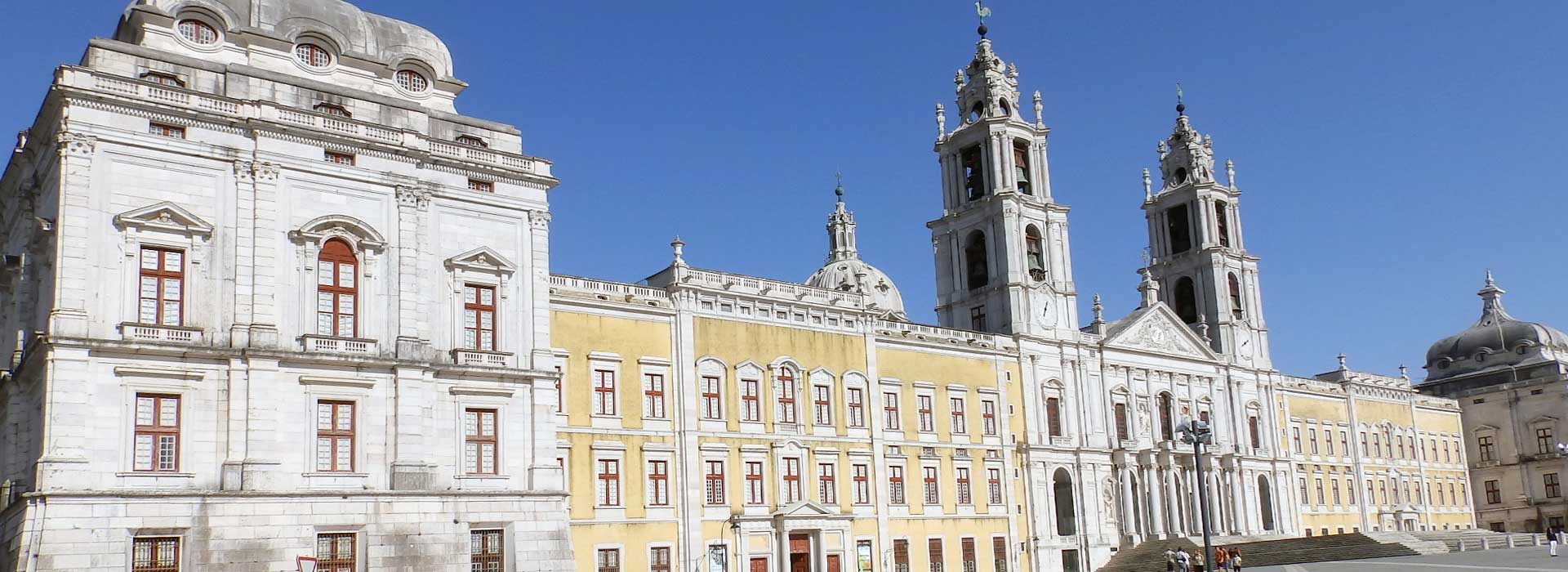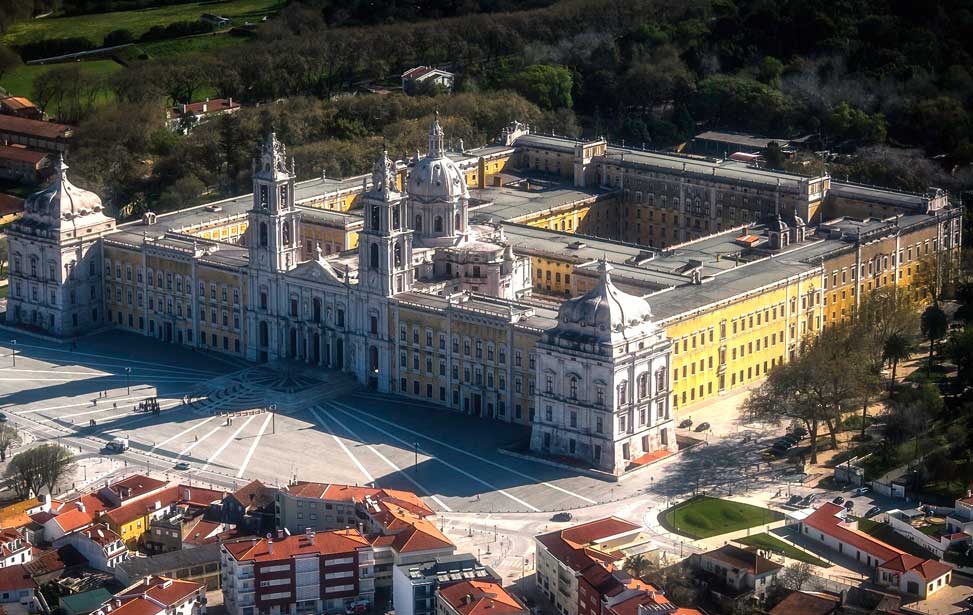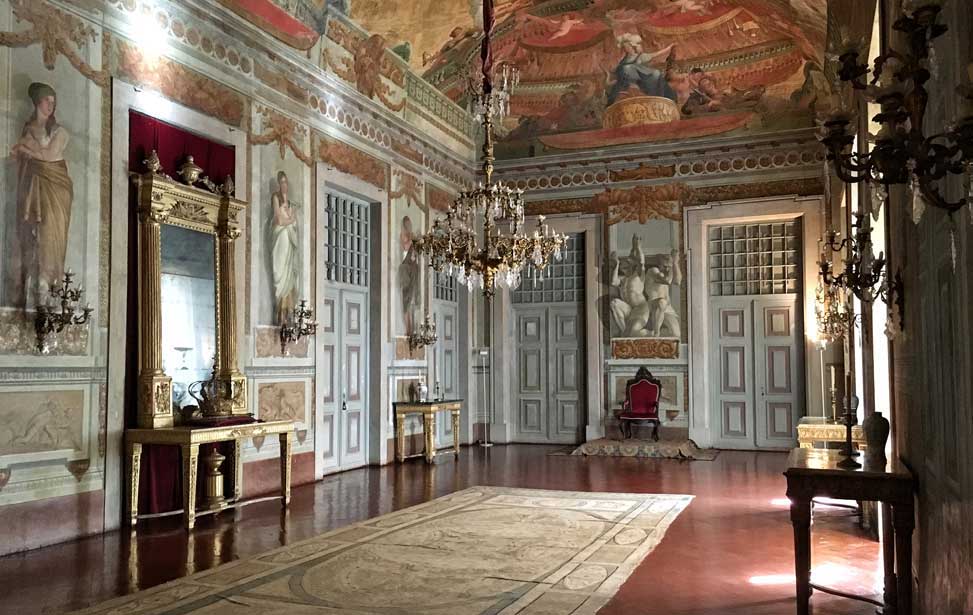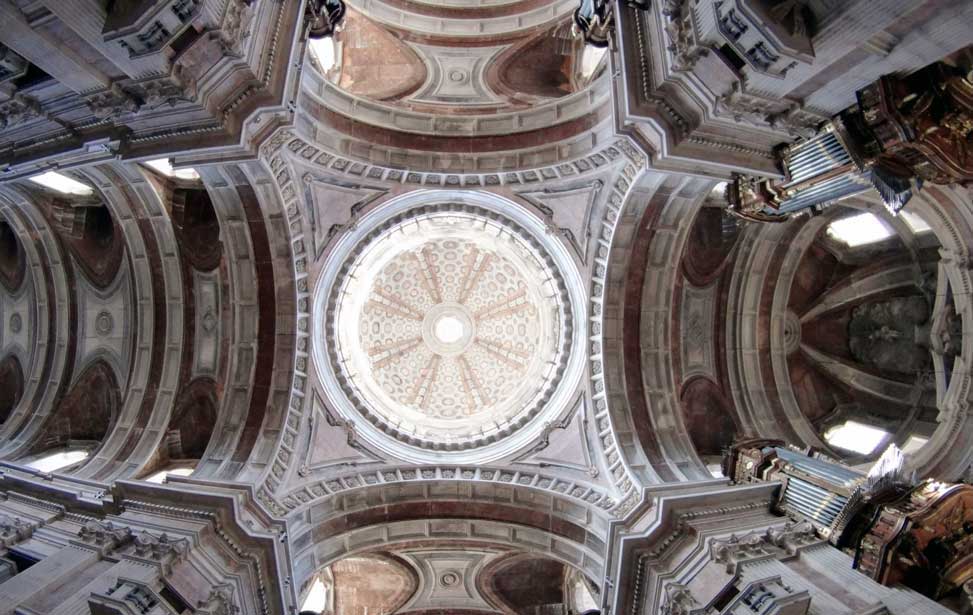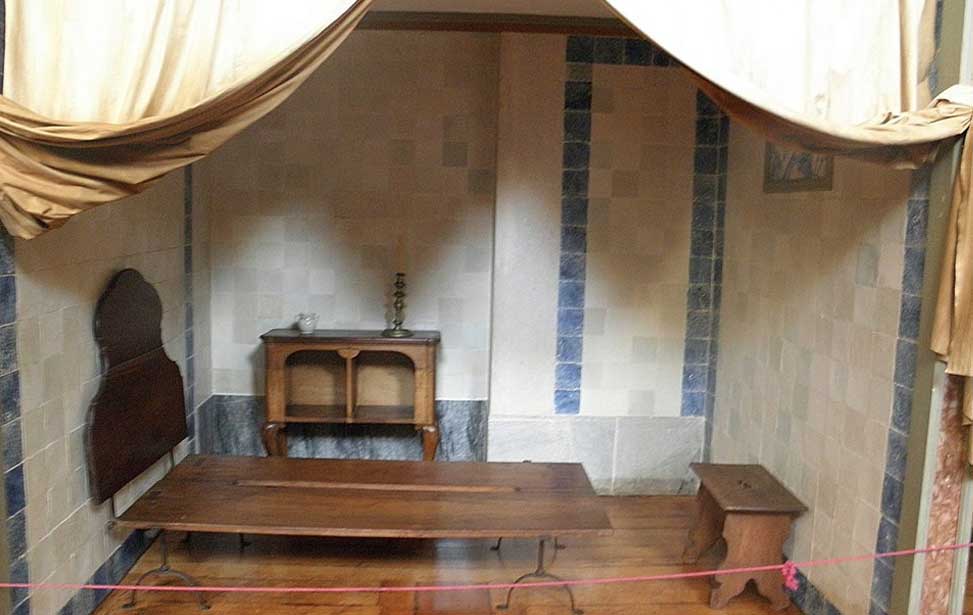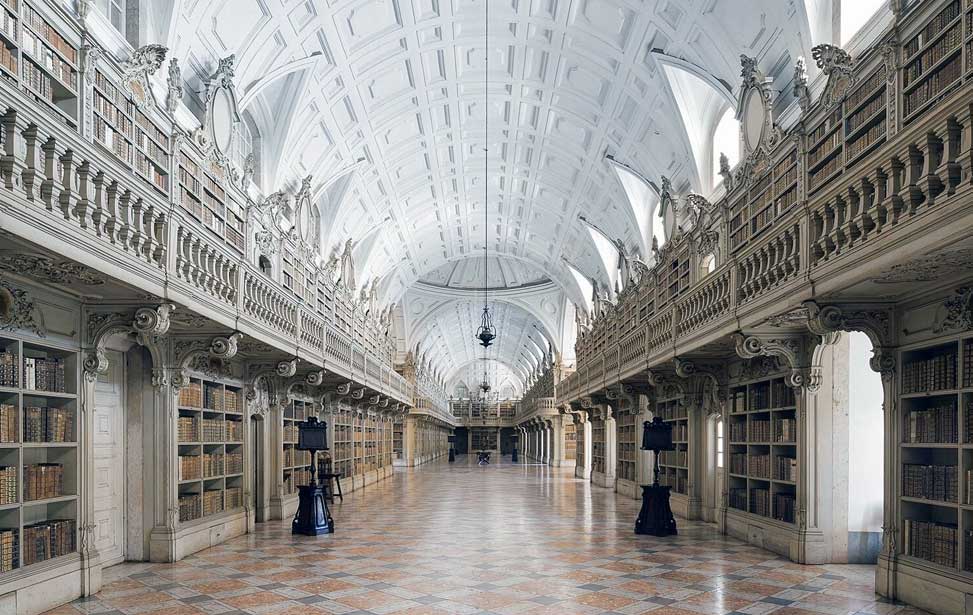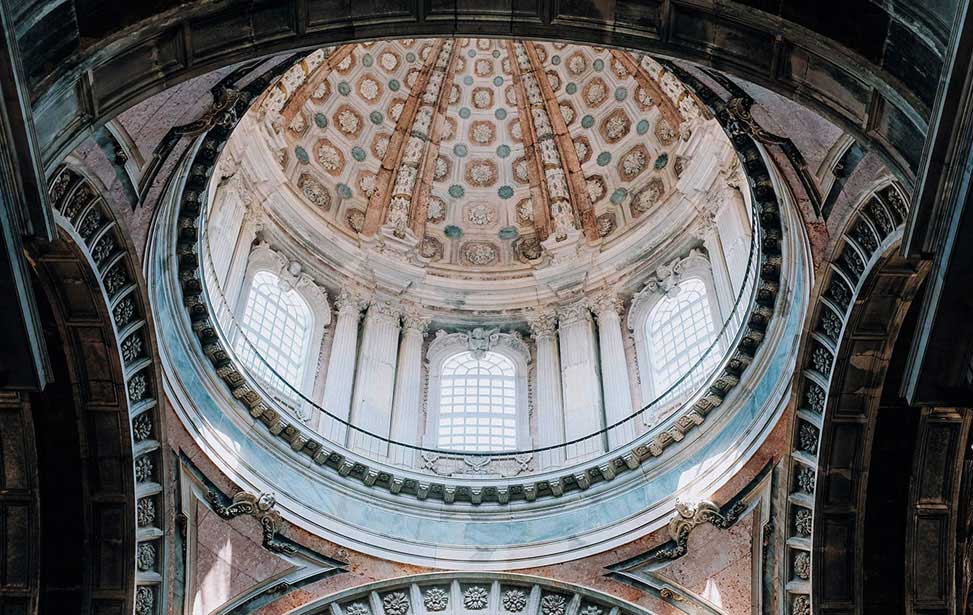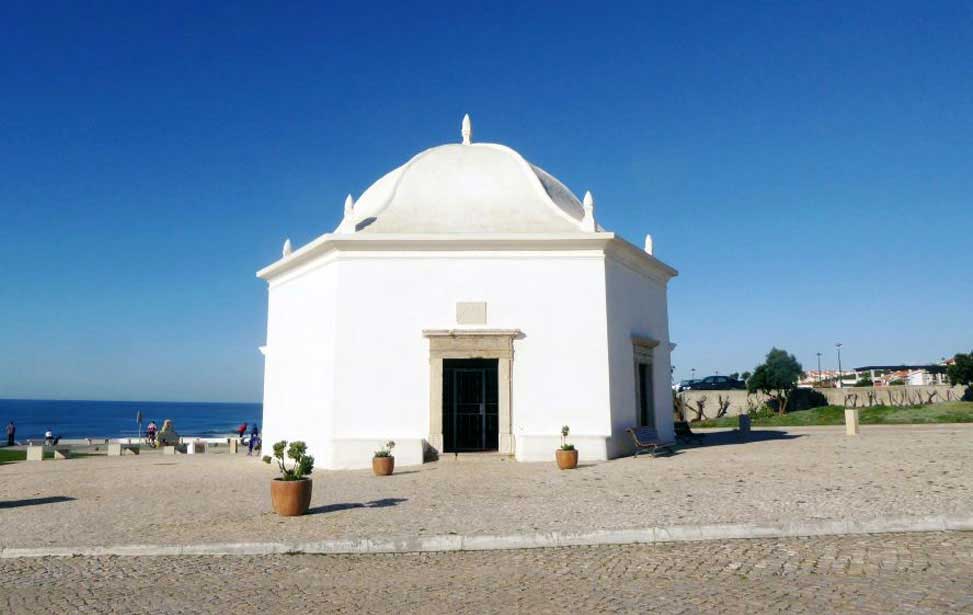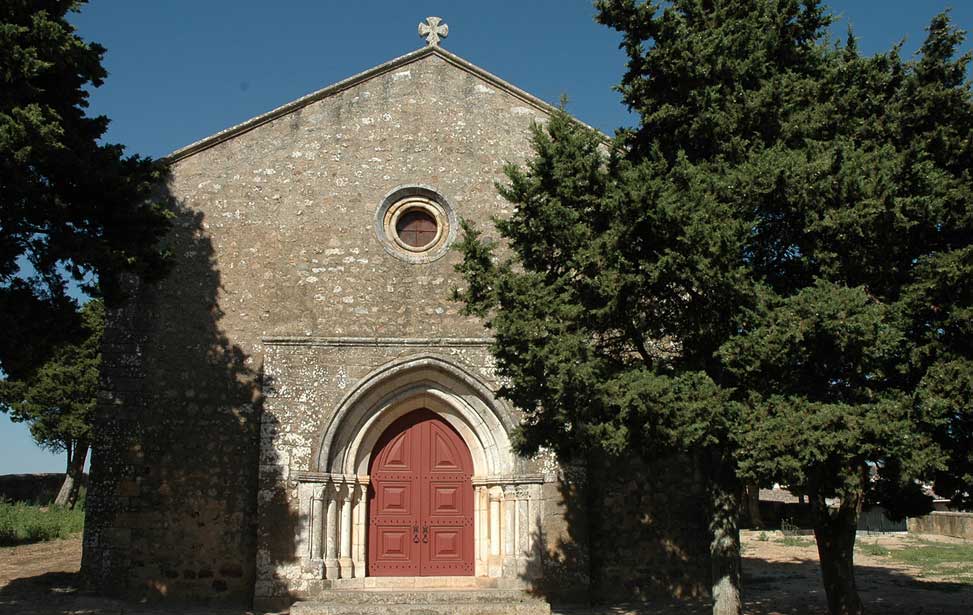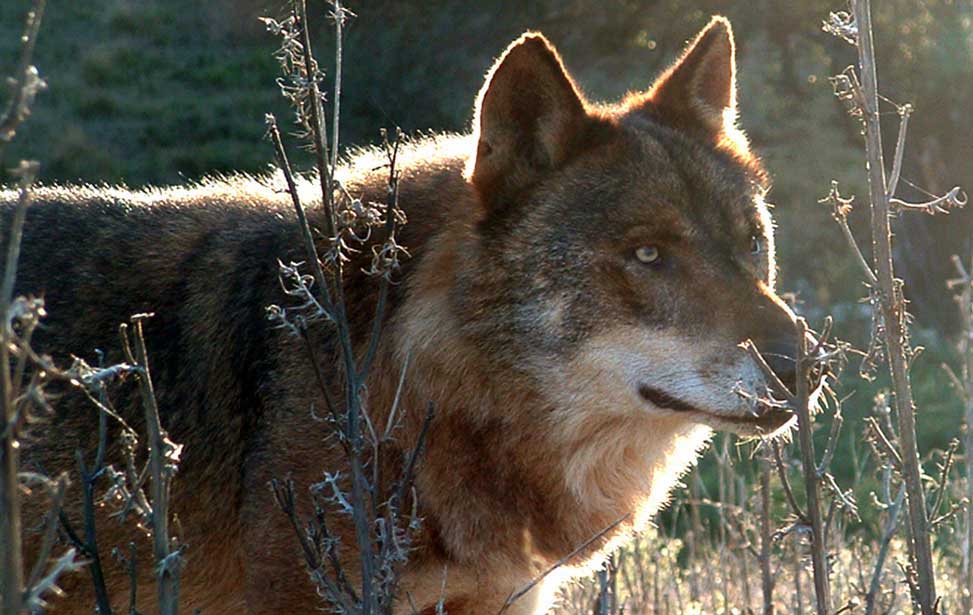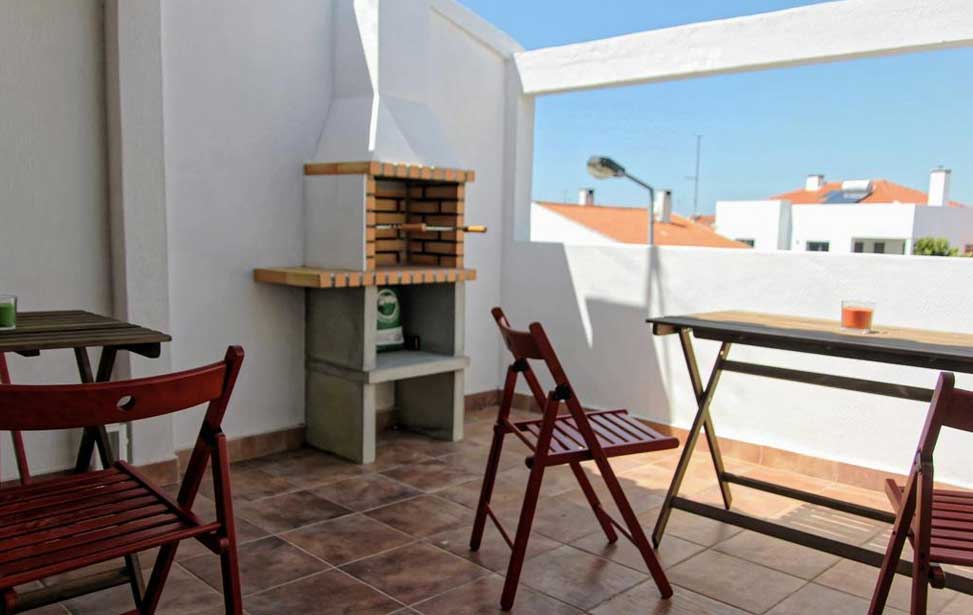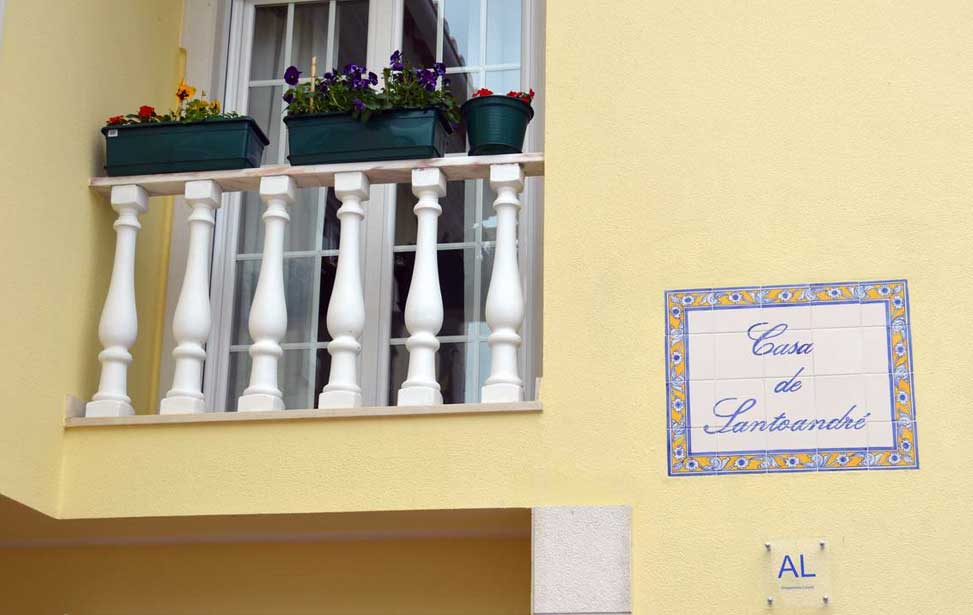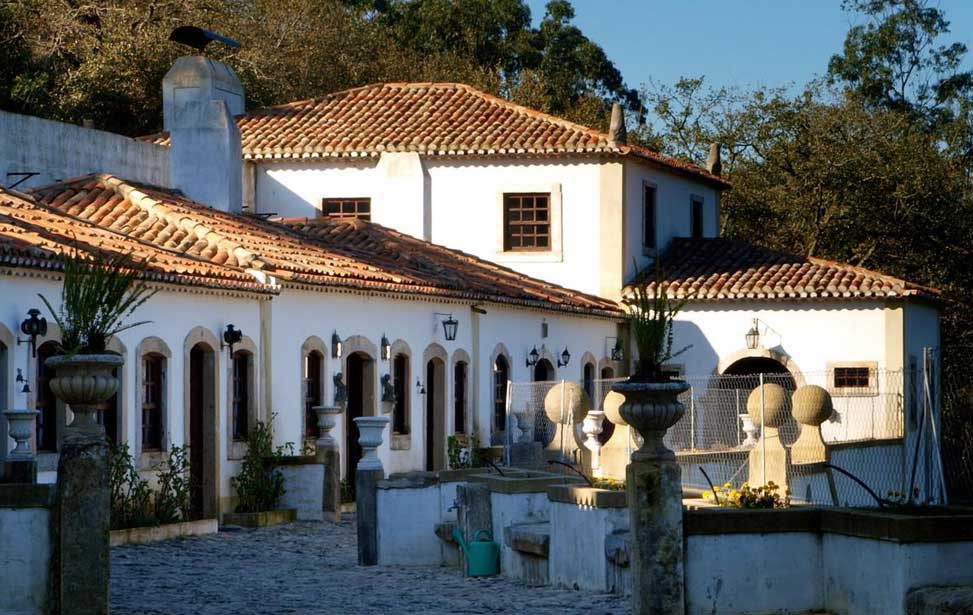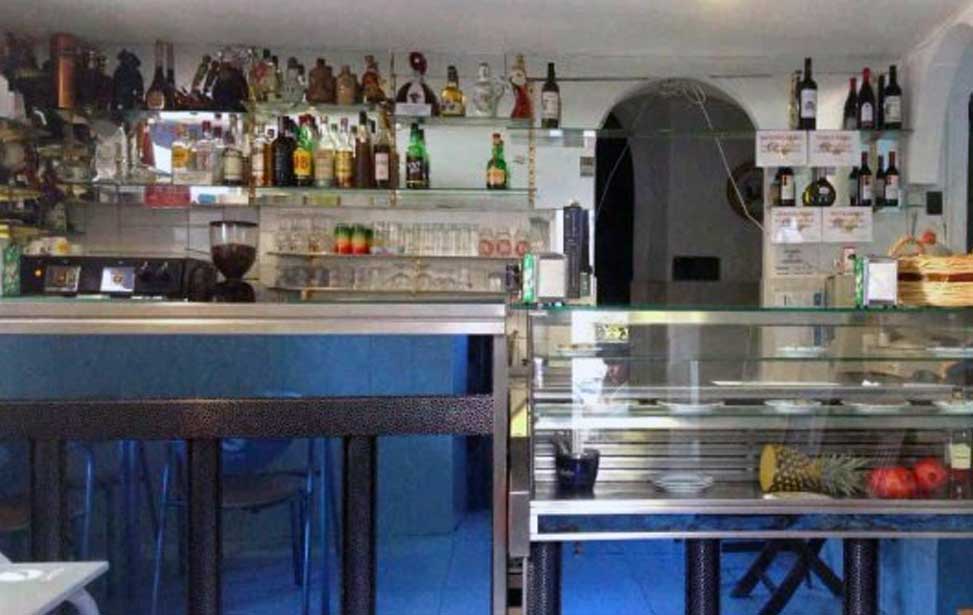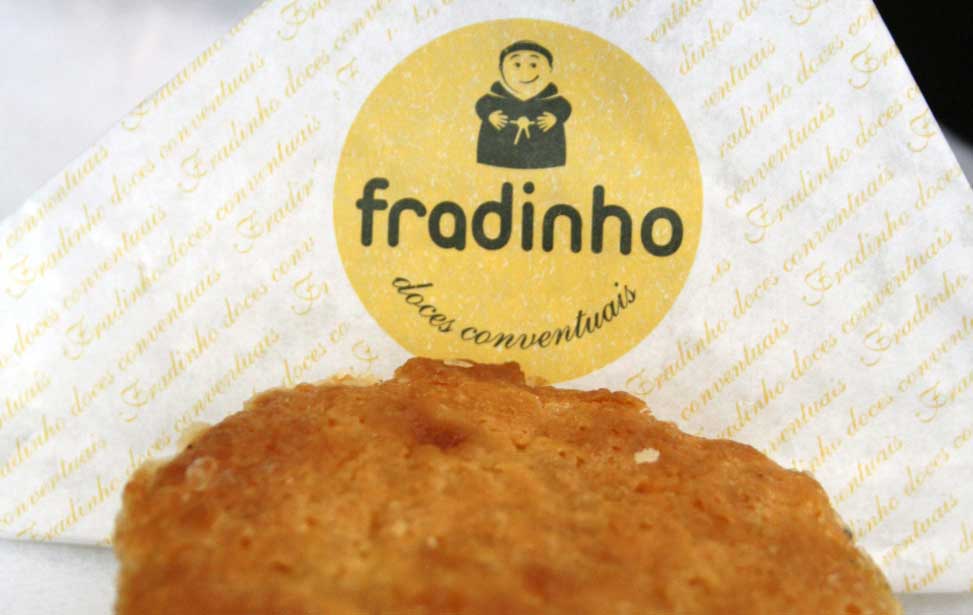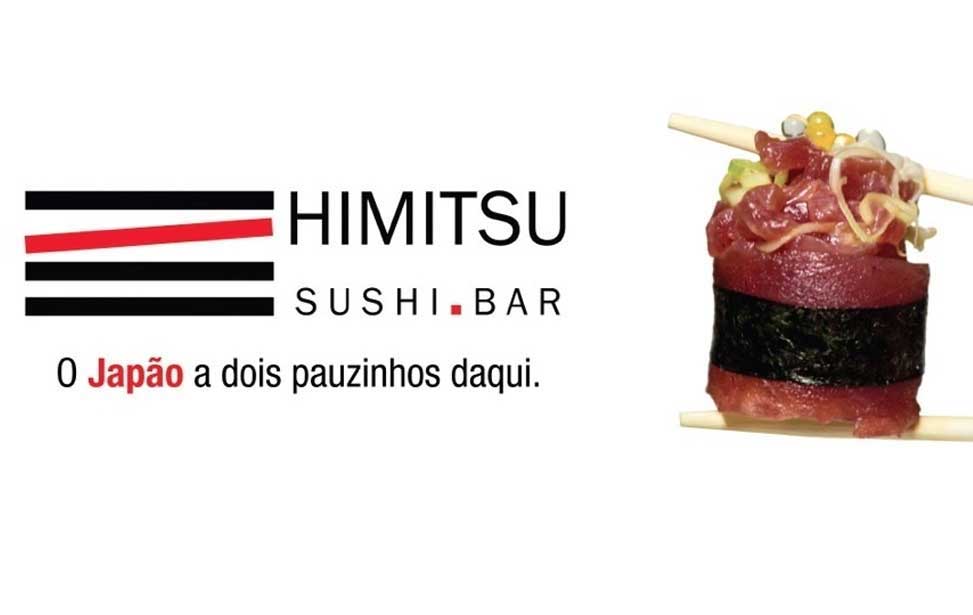This vast 18th Century Baroque construction encompasses a Royal Palace, a Basilica and a Convent. It is home to important collections of Italian sculpture, Italian and Portuguese paintings, a unique library, two 68metre-tall bell towers, six organs and an 18th-century hospital. It was founded on the order of King D. João V and his queen, Dona Maria Ana of Austria, to satisfy a vow made in 1711 and to give thanks for the birth of their first child. The royal couple endured three years of being childless before making an oath to build a great monastery at Mafra if they succeeded in producing an heir. So in 1717 AD, on the day of the birth of their daughter Dona Maria Pia, the first foundation stones were laid.
It was designed with an obsessive use of geometry and symmetry over a total area of 40,000 sq. metres (48,000 sq. yards). The footprint is a near square at 251 metres (825ft) long by 221 metres (725ft) wide. It has over 4,500 windows and doors throughout 1,200 rooms connected by over 150 flights of stairs. The building is faced with locally quarried Lioz Dourado stone. The whole complex was designed to impress and surpass all other such buildings that came before. It is a superlative example of Baroque opulence that boasts the wealth and power of the Portuguese crown at the time. It was financed by gold that poured into royal coffers from Brazilian mines. Despite this great influx of wealth, King D. João V almost bankrupted Portugal with his ambitious architectural works, such as the one at Mafra.
CONSTRUCTION
The original plans drawn up by the German architect Ludwig were, in comparison, quite modest before the King decided to pull out all the stops and spare no expense. The Italian architect Frederico Ludovice added an Italian feel to the design. During the height of construction, there were over 15,000 masons, craftsmen, sculptors and the like working on the project. It's rumoured that a garrison of 6,000 troops was camped onsite to ensure law and order. Although the majority of construction was completed by 1730 AD work would continue until 1755, five years after King D.João V death, when the devastation wreaked by the Great earthquake required as many workers as possible to rebuild Lisbon.





